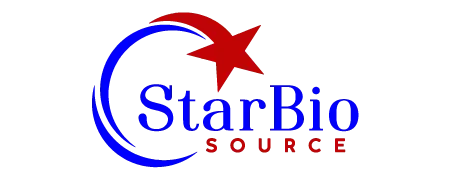A herniated disc, also known as a slipped or ruptured disc, is a common spinal condition that can cause significant discomfort and limit mobility. This occurs when the soft, gel-like center of a spinal disc pushes through a crack in the tough outer layer, irritating nearby nerves. While a herniated disc can be painful, there are various treatment options available to help alleviate symptoms and support recovery. In this article, we’ll explore some of the most effective herniated disc treatment options.
Conservative Approaches:
a. Rest and Activity Modification: Rest is crucial for allowing the body to heal. Avoiding activities that exacerbate pain, such as heavy lifting or prolonged sitting, can provide relief. Gentle exercises like walking and stretching can be beneficial.
b. Physical Therapy: Physical therapists can design tailored exercise programs to strengthen the muscles surrounding the spine, improve flexibility, and alleviate pressure on the affected area.
c. Pain Management: Over-the-counter pain medications, like nonsteroidal anti-inflammatory drugs (NSAIDs), can help manage pain and reduce inflammation. In some cases, prescription medications may be necessary.
d. Hot and Cold Therapy: Applying heat or cold packs to the affected area can help alleviate pain and reduce inflammation. Alternating between hot and cold treatments may provide additional relief.
Medical Interventions:
a. Epidural Steroid Injections: In cases of severe pain, a healthcare provider may administer corticosteroids directly into the affected area. This can help reduce inflammation and provide temporary relief.
b. Muscle Relaxants: These medications can help alleviate muscle spasms, which can contribute to pain and discomfort associated with a herniated disc.
c. Chiropractic Care: Chiropractors use manual manipulation techniques to adjust the spine, which can provide relief from herniated disc symptoms.
Surgical Options:
a. Microdiscectomy: This minimally invasive surgical procedure involves removing the portion of the herniated disc that is pressing against the nerve, providing relief from pain and allowing the nerve to heal.
b. Laminectomy: In more severe cases, a laminectomy may be recommended. This involves removing a portion of the vertebral bone (the lamina) to create more space for the nerves.
Alternative Therapies:
a. Acupuncture: Acupuncture involves the insertion of thin needles into specific points on the body to promote healing and pain relief. Some individuals find it beneficial for managing herniated disc symptoms.
b. Yoga and Pilates: These low-impact exercises can improve flexibility, strengthen core muscles, and promote overall well-being, which can help support the healing process.
Conclusion
Herniated disc treatment approaches can vary depending on the severity of the condition, individual preferences, and medical advice. It’s important to consult with a healthcare professional to determine the most appropriate treatment plan for your specific situation. Remember that consistency in following the recommended treatment regimen, along with lifestyle modifications, can greatly contribute to a successful recovery from a herniated disc. By combining these strategies, individuals can find relief from pain and regain their mobility and quality of life.



